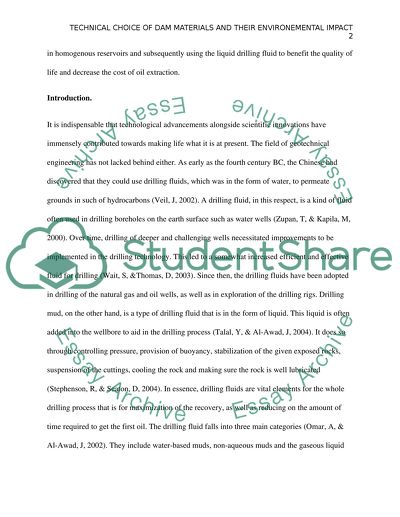Cite this document
(“Technical choice of dam materials and their environmental impacts Essay”, n.d.)
Technical choice of dam materials and their environmental impacts Essay. Retrieved from https://studentshare.org/engineering-and-construction/1464639-technical-choice-of-dam-materials-and-their-environmental-impacts
Technical choice of dam materials and their environmental impacts Essay. Retrieved from https://studentshare.org/engineering-and-construction/1464639-technical-choice-of-dam-materials-and-their-environmental-impacts
(Technical Choice of Dam Materials and Their Environmental Impacts Essay)
Technical Choice of Dam Materials and Their Environmental Impacts Essay. https://studentshare.org/engineering-and-construction/1464639-technical-choice-of-dam-materials-and-their-environmental-impacts.
Technical Choice of Dam Materials and Their Environmental Impacts Essay. https://studentshare.org/engineering-and-construction/1464639-technical-choice-of-dam-materials-and-their-environmental-impacts.
“Technical Choice of Dam Materials and Their Environmental Impacts Essay”, n.d. https://studentshare.org/engineering-and-construction/1464639-technical-choice-of-dam-materials-and-their-environmental-impacts.


